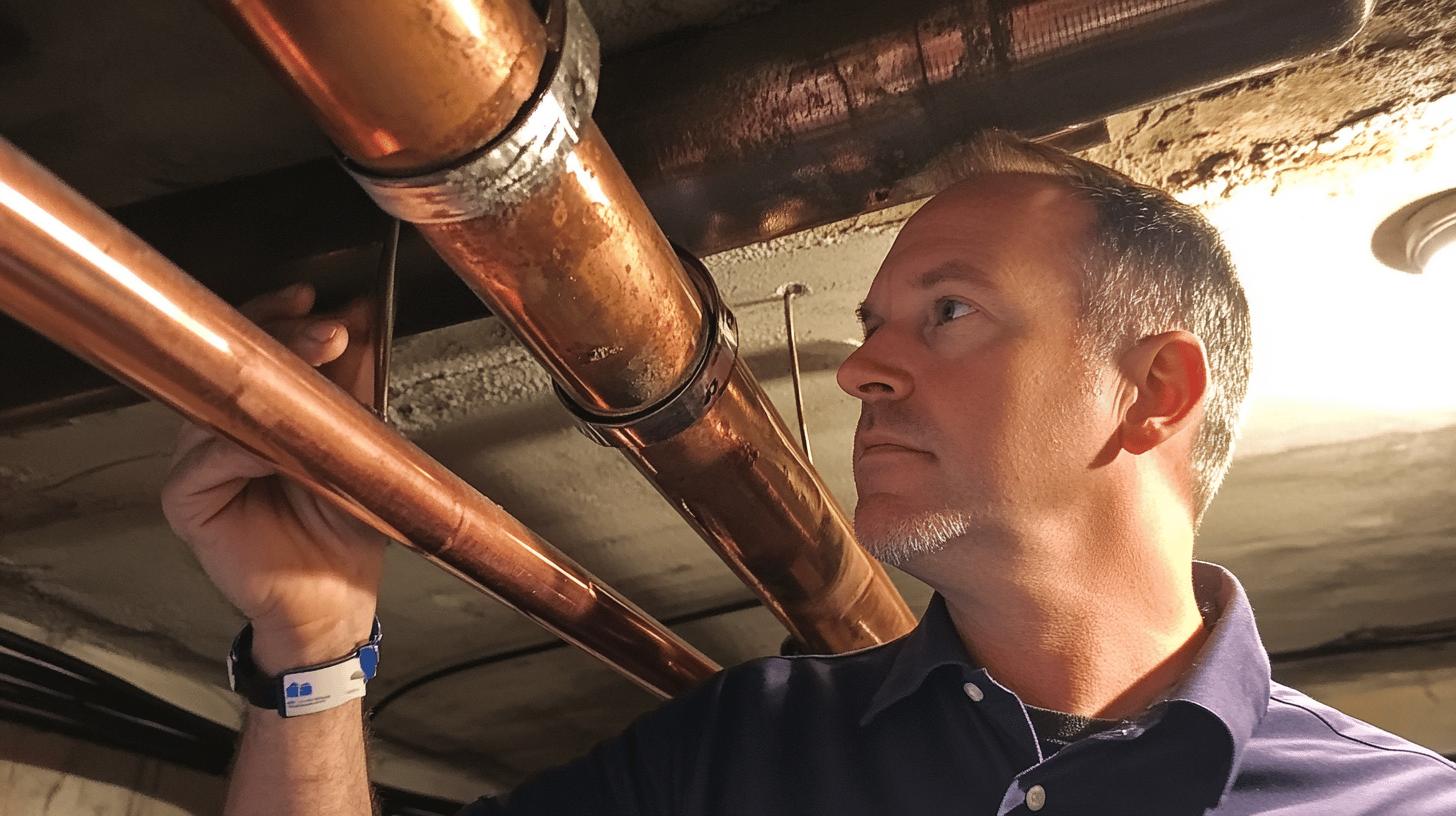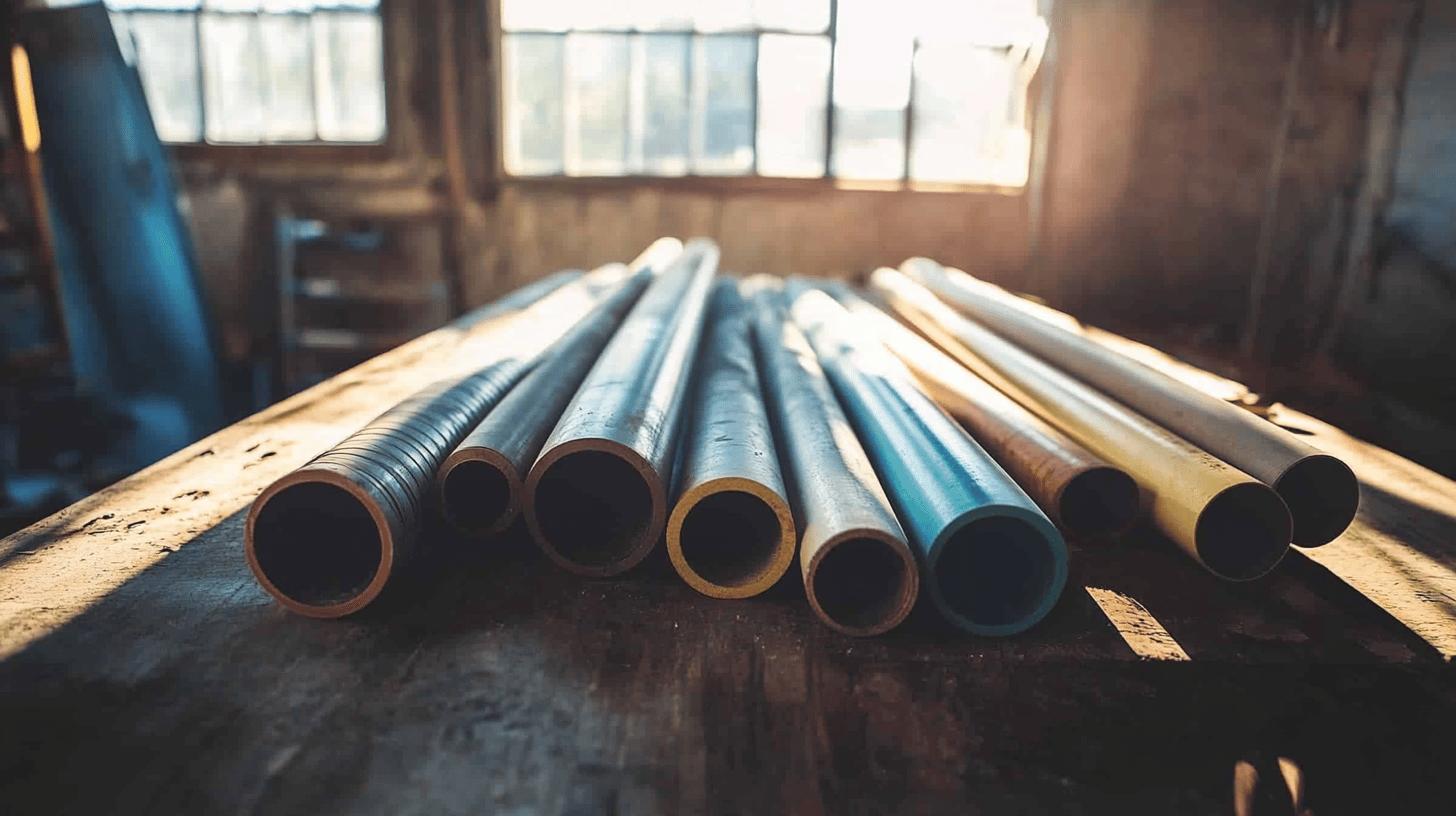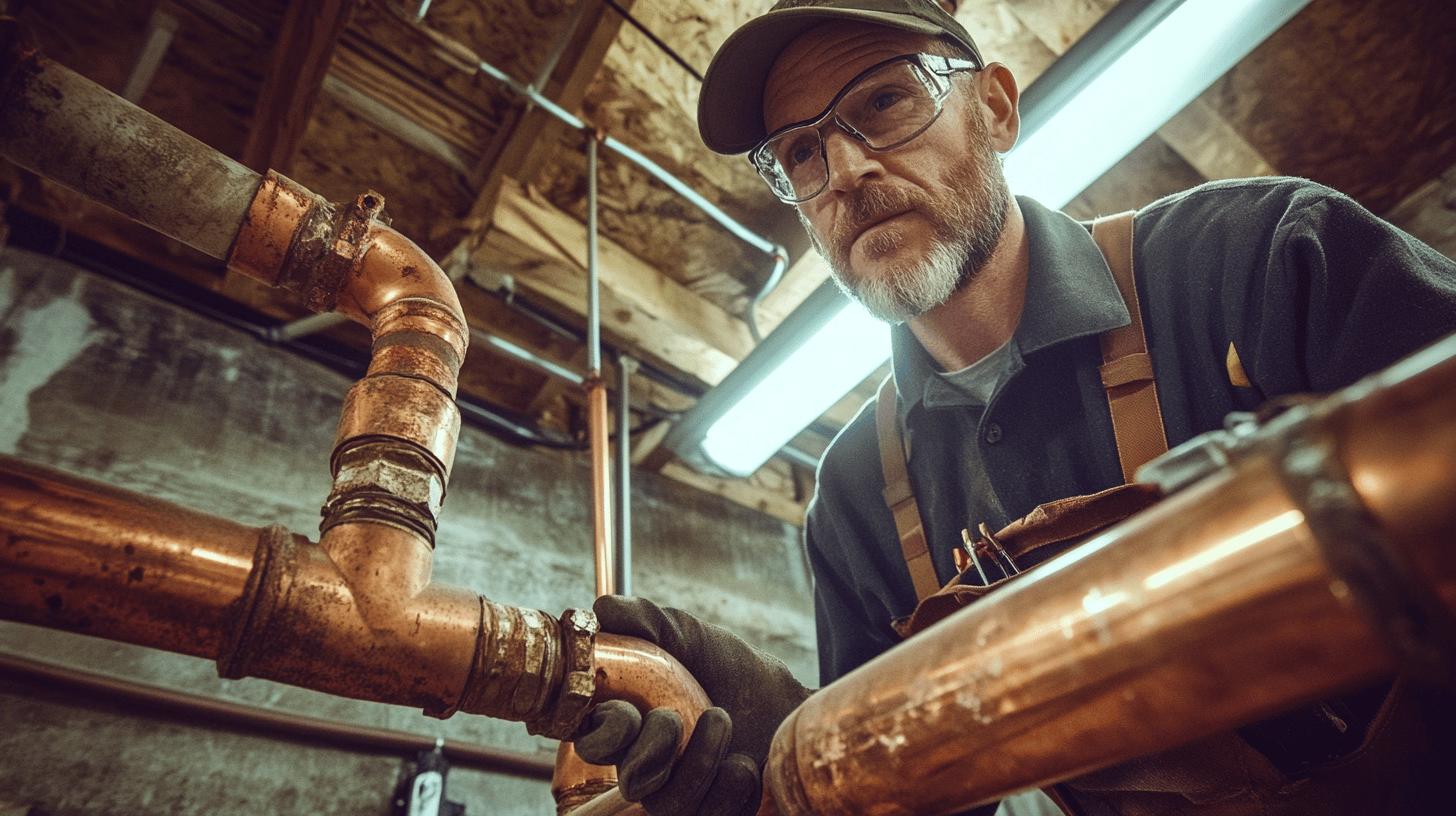TL;DR:
- Copper: Durable (75-100 years), resistant to bacteria; costly, potential pinhole leaks.
- PEX: Flexible, easy to install, resistant to scale; sensitive to UV light, more expensive than PVC.
- PVC: Lightweight, chemical-resistant; not suitable for hot water, less flexible than PEX.
- CPVC: Better for hot water than PVC, more cost-effective overall.
- Considerations for Choosing Pipes: Water quality, installation environment, complexity of the system, and local codes.
- Professional Advice: Consult plumbers for tailored material recommendations suited to specific needs and conditions.
Are you building or remodeling and trying to figure out the best pipes for your home? Choosing the right plumbing materials is key to making sure your system lasts and works well. Copper pipes are super reliable, while PEX is flexible and easier to install. Each material—copper, PEX, PVC, and CPVC—has its pros and cons. Knowing the differences helps you pick what’s right for your home. Want to learn more? Let’s break it down!
Understanding Home Plumbing Pipe Types
Picking the right pipes for your home is super important for a reliable and efficient plumbing system. Each material has its own strengths—like durability, flexibility, and heat resistance. Copper, PEX, PVC, and CPVC all have their pros and cons. Copper is tough but pricey and can develop small leaks. PEX is flexible and easy to install, great for older homes but breaks down in sunlight. PVC is lightweight and resists chemicals but is best for cold water. CPVC handles hot water better but isn’t as flexible as PEX. Consulting a plumber can help you choose the best option based on your needs.
- Copper: Reliable, durable, resistant to bacteria
- PEX: Flexible, resistant to scale and chlorine, easy to install
- PVC: Lightweight, chemical-resistant, durable
- CPVC: Enhanced temperature resistance, suitable for hot water
Copper Pipes for Home Plumbing: Pros and Cons

Copper pipes have been a top choice for plumbing for years because they’re strong and long-lasting, often lasting 75 to 100 years. While they are more expensive due to material costs and labor-intensive installation, their durability makes them worth it. They work well with both hot and cold water, and their reliability is trusted by many. However, copper pipes can develop small leaks, especially if the water is acidic. Regular checks can help prevent this, making copper a solid option for those looking for a dependable plumbing system.
| Type | Characteristics |
|——–|—————————————|
| Type L | Thicker, suitable for underground use |
| Type M | Thinner, not recommended for burial |
PEX Plumbing: Advantages and Disadvantages
PEX pipes are a great option for modern plumbing because they’re flexible and easy to install. They’re made from a material that can bend around walls and corners, so you need fewer joints, which means fewer chances for leaks. PEX also handles treated water well, resisting scale and chlorine, making it ideal for homes with these conditions. Plus, it’s cheaper than copper and requires less labor to install.
However, PEX has some downsides. It can break down if exposed to sunlight, so it should only be used in places where UV light won’t reach it. While it’s been used for years, its long-term durability is still being studied. Keep these factors in mind when choosing PEX for your home’s plumbing system.
- Pros: Flexible and easy to install
- Pros: Resistant to scale and chlorine
- Cons: Sensitive to UV light
- Cons: Potentially higher cost than PVC
- Consideration: Long-term durability still being assessed
PVC Pipes for Residential Use: Suitability and Limitations

PVC pipes are popular for home plumbing because they’re lightweight and resist chemicals well. They’re often used for sewage, water delivery, and drainage systems, and they come in various sizes to fit different needs. PVC is durable and works great for cold water systems.
However, PVC isn’t good for hot water since it can warp under high heat. It’s also not as flexible as other materials like PEX, making it less ideal for complex setups. When choosing plumbing materials, it’s important to consider these pros and cons.
| Application | Size Range |
|————–|—————–|
| Sewage | 3 to 4 inches |
| Water Supply | 1/2 to 1 inch |
| Drainage | 1 1/2 to 3 inches |
Decision-Making Guide: Choosing the Best Pipe for Home Plumbing
Choosing the right pipe for your home comes down to understanding what your system needs and how different materials perform. Factors like water quality, installation environment, and future upgrades should guide your decision. For example, some pipes handle hard or acidic water better, and others work well in hot or cold conditions.
Professional plumbers can offer advice on which materials are best for your specific situation. Copper is great for long-lasting installs, CPVC is affordable and resists chemicals, while PEX is flexible and easy to install in new builds. By consulting with experts, you’ll get the best system for your home now and in the future.
- What are the specific plumbing needs of your home?
- How does the water quality in your area affect pipe material choice?
- What is the installation environment and how might it impact pipe durability?
- Are there any local building codes or regulations to consider?
- Have you consulted with a professional plumber for personalized recommendations?
Final Words
Picking the right pipe material is key to a solid home plumbing system. Copper pipes are tough and long-lasting, PEX is flexible and easy to install, while PVC resists chemicals, and CPVC handles higher temperatures. Knowing the strengths and weaknesses of each material helps you choose what’s best for your home.
It’s smart to get advice from a plumber to match the pipe to your specific needs. By focusing on quality materials, you’ll ensure your plumbing is reliable and built to last.
FAQ
Which pipe is best for home plumbing PVC or PEX?
PVC pipes are excellent for durability in cold water applications, whereas PEX pipes offer flexibility, making them perfect for long, continuous runs and various plumbing setups. Your choice depends on the specific application.
Best pipe for water supply in a home?
Copper pipes are traditionally favored for their reliability and longevity in water supply systems. However, PEX pipes are also popular for their flexibility and ease of installation in modern homes.
What type of pipe is used for main water lines?
Copper or PEX pipes are commonly used for main water lines, offering excellent reliability and adaptability. Copper is durable and long-lasting, while PEX is flexible and easy to install.
Types of pipes for water supply?
Common types of pipes for water supply include copper, PEX, and CPVC. Each material has distinct properties suitable for various plumbing needs, such as durability, flexibility, and temperature resistance.
Plumbing pipe types and sizes—what should I know?
Plumbing pipes come in various types, such as copper, PEX, PVC, and CPVC, with sizes ranging according to their applications. Choosing the right type and size depends on the specific plumbing task.
Is PEX or PVC better for the main water line?
For a main water line, PEX offers flexibility and easy installation, while PVC is suitable for specific conditions due to its chemical and corrosion resistance. Consider usage and environmental factors when choosing.
What pipe material is best for drinking water supply?
Copper pipes are often considered best for drinking water due to their resistance to bacteria and reliability. PEX is also a good choice for its chlorine resistance and flexibility.

